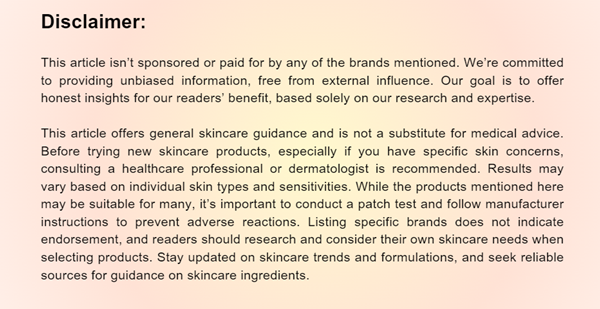 A rhinoplasty, or nose job, is an operation conducted to modify the way the nose works and looks. As per the American Society of Plastic Surgeons, nearly 220,000 rhinoplasties are conducted yearly, making this the most popular facial plastic surgery method. Rhinoplasty can concurrently help you correct your breathing and reach a more harmonious impression.
A rhinoplasty, or nose job, is an operation conducted to modify the way the nose works and looks. As per the American Society of Plastic Surgeons, nearly 220,000 rhinoplasties are conducted yearly, making this the most popular facial plastic surgery method. Rhinoplasty can concurrently help you correct your breathing and reach a more harmonious impression.
Is rhinoplasty appropriate for me?
A simple medical cause for rhinoplasty is trouble breathing through the nose. Nasal blocking can cause difficulties with exercise, disturb naps, add to snoring and sleep apnea, or conflict with other actions. If medical procedures such as nasal spray or nap apnea procedures fail, an operation may be the subsequent step.
Rhinoplasty done for medicinal purposes such as these is often embraced by health insurance. Nasal surgery is tailored to the underlying difficulty. If the septum the midline wall of cartilage that splits the right and left sides of the nose is deflected, then a septoplasty alone may correct the problem.
Still, when a septal variation is more critical or happens near particular critical sections of nasal support, a rhinoplasty is needed to guarantee proper breathing and nasal shape. Rhinoplasty is also termed septorhinoplasty. The procedure greets the septal deformity and reinforces key breathing areas of the nose with strategically located cartilage grafts.
What regarding cosmetic rhinoplasty?
The most well-known inquiries are debasing a nasal hump, refining the tip, or correcting asymmetries. These restorative changes, which are not treated by insurance companies, are constantly combined with functional rhinoplasty so there is only one healing.
What should I know about this surgery?
Rhinoplasty is carried out under general anesthesia. A very tiny cut is made adjacent to the base of the nose, which is not detectable after the skin heals. This cut is correlated to incisions inside the nose, which are nevermore seen. Those cuts allow admittance to the cartilage and bones of the nose. Next, the nasal passageways are fixed, and nasal reshaping if needed is accomplished through careful, precise adjustments to the bone and cartilage.
Frequently victims ask, “Will you be required to develop my nose?” Normally not. Most rhinoplasties split the bones intact. If sufferers have had notable trauma to the nose in history, the nasal bones are seldom shifted into a more agreeable position during operation. For cosmetic goals, a bony nasal hump may be polished down to a straight contour or gentler curve. Patients rouse from anesthesia and go home the very day.
Expectations from the Recovery Stage
Talking about recovery it is expected to take one week off from work or school. Throughout that time rest, ice, and a regimen of nasal cleansing are suggested. While pain pills are given, most people only need them for a few ages.
During rehabilitation, it is challenging to comfortably breathe through the nose because splints (bendable, thin plastic sheets) are placed inside the nose to keep the septum straight. Swelling zeniths occurs on the third day, and then declines. Hurting under the eyes can seldom occur. During the week subsequent surgery, you’ll wear a little cast on the nose to preserve it and decrease inflammation.
One week following surgery the support and cast are taken away. You may then revert to work and continue cardio exercises, such as walking or running. You’ll be required to evade meeting sports for six weeks.



